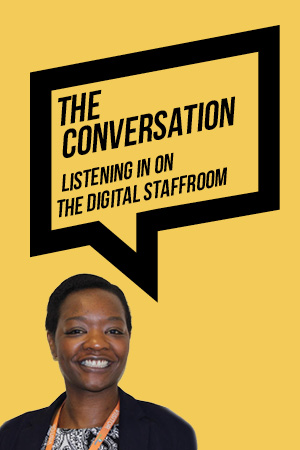‘Sexual intercourse began/In nineteen sixty-three’ says the Philip Larkin poem, and for Dr Andrew Reay, school leadership seems to have begun in 2009, when he became involved with Sir Iain Hall’s Future Leaders programme.
Its aim was to develop a cadre of high-quality leaders of urban comprehensive schools, replete with positive psychology skills and educational bonhomie of an intensity to which only our US cousins could aspire. Reay was fresh from a career in the RAF, looking for a calling, and that afternoon with Hall in a Birmingham hotel was the beginning of his journey from RAF staff officer to the post of director of character and leadership for the Great Schools Trust.
We have the appearance of concern for character without evidence of its most important human form, humility
Readers should note that the book begins with an extensive quotation from Dr Martin Luther King. This sets the scene for extensive references from those figures Reay sees as key to the character and leadership education canon. Lest it be said that Reay entered into his vocation lightly, he points out that he has personally engaged in research on motivation and psychology amongst serving troops at the University of Birmingham. In this way, he curates a smorgasbord of insights and material that, he argues, potentially helps teachers to make the most of the raw recruits they find populating their classrooms.
The main section of the book begins with an exposition of society’s ills, entitled ‘The Proof of the Problem’. Much of life comes under Reay’s scrutiny as we move briskly through a litany of adolescent profanity, urban riots, pilot analogies, anecdotes about alcohol and drug dealing at school, references to military uniform, views on the validity of statistics (without any statistics), views on the validity of intelligence theories (citing a couple of theorists), the 19th century Temperance movement, the financial crash, the technological revolution, consumer debt, teacher recruitment issues, 20th century military command structures, curriculum theory, emotional intelligence, Finland, and, finally, charter schools.
This is quite an extensive spread of topics crammed into 57 pages. It’s not entirely clear what Reay’s central thesis is apart from he seems to think a lot of things are wrong.
The next chapter, ‘Education 2.0’, presents us with a vision for a better world. Charter schools return and have clearly affected Reay’s educational vision greatly. Indeed, we are told that Sir Iain Hall had visited one and recounted the experience to his Future Leaders, like a space traveller returning from a distant galaxy.
Next we come to the Science Bit.
It’s not entirely clear what Reay’s central thesis is apart from he seems to think a lot of things are wrong
There are a couple of diagrams, and the description of some educational improvement schemes (ENABLE, and ASPIRE, EDUCATE, always in capital letters, like the names of speculative property developments on the fringes of an urban regeneration project), all helpfully linked back to the work of Aristotle. Lovers of topical educational terms should have no fear as “grit” makes an appearance around p127 as well (not in capital letters, presumably because it isn’t an exhortation), but we have to wait until p137 before we finally get to the reference we have all been waiting for, namely Carol Dweck’s mindset theory, presumably aimed at purists as there is no critical analysis whatsoever (but it does lead to a ‘Top Gun’ reference).
Finally Reay presents us with a chapter entitled ‘Beyond Aspiration: A Field Manual’, which consists of a 10-step plan that could probably be applied to anything.
In short, in this book we have the appearance of concern for character without evidence of perhaps its most important human form, namely humility.
Hence a significant opportunity has been missed to create a robust and enduring framework for school improvement. Greater comparative analysis of the many authorities cited, along with more nuanced synthesis of the different areas of theory Reay touches upon, might have led to something special.
Unfortunately in its current form, the book has too many limitations to be truly transformational in the way that the author intends.













Your thoughts